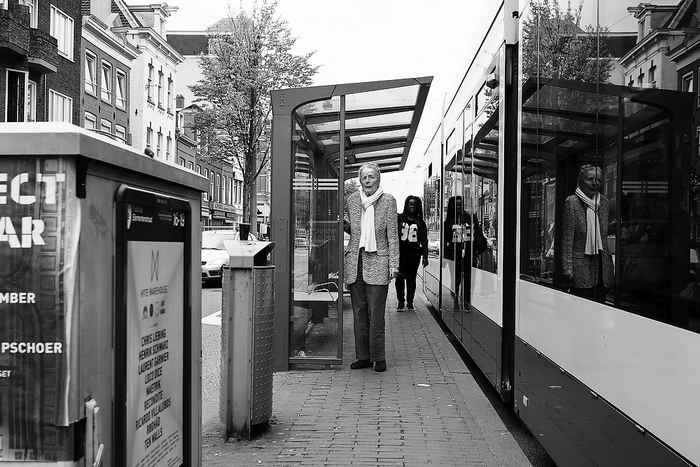Cities for the Aged? - By Joos Droogleever Fortuijn
Publication date 02-10-2015
Some years ago my husband and I made a hiking tour along Glyndwr’s Way in the Cambrian mountains in Wales. In the Mid Wales Inn in Pant Y Dwr we met a couple of around 70 years old. The couple moved from Birmingham to this small village in a remote, idyllic rural area after their retirement: a typical example of retirement migration. We told them that we live in Amsterdam for more than 30 years, that we like to make hiking tours in remote rural areas, but love Amsterdam and couldn’t think of moving to another place. The man remarked: “Oh, yes, we loved to live in the city and before retirement we couldn’t imagine that we would leave the city and move to Pant Y Dwr. However, Birmingham is a city for young people and we felt more and more out of place.”

